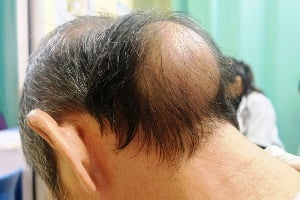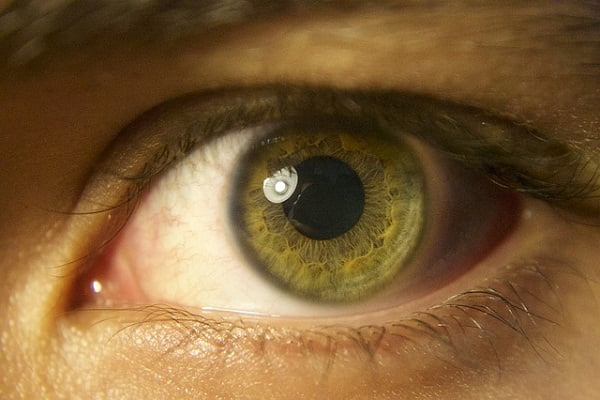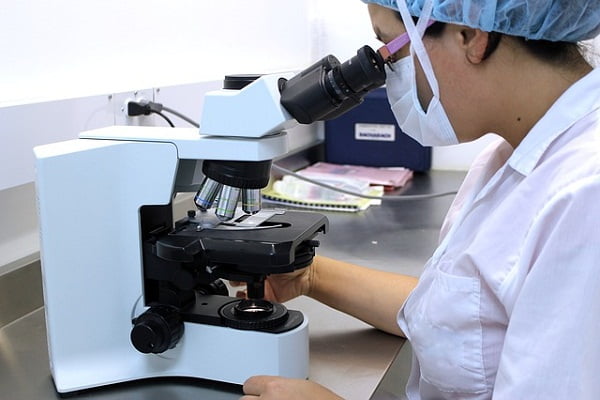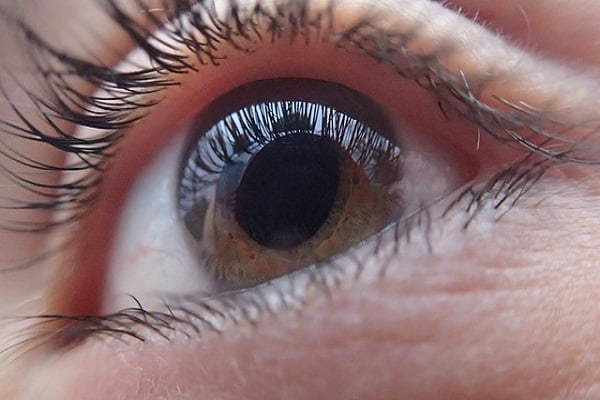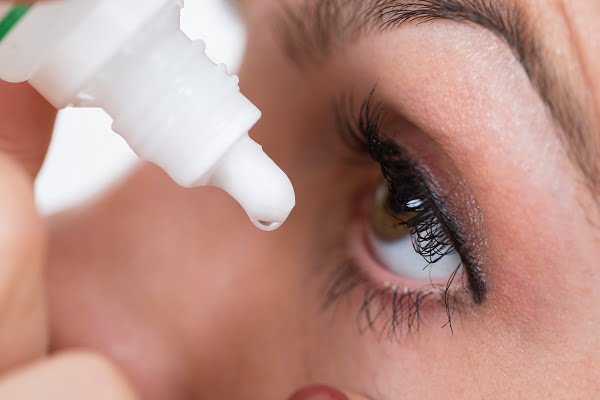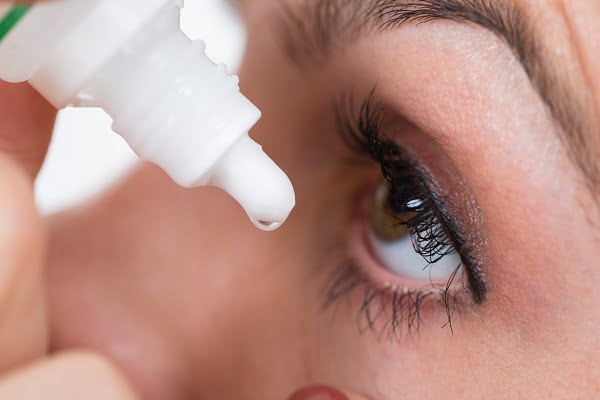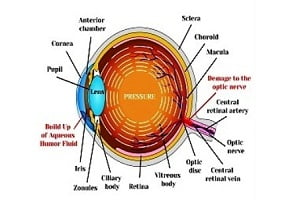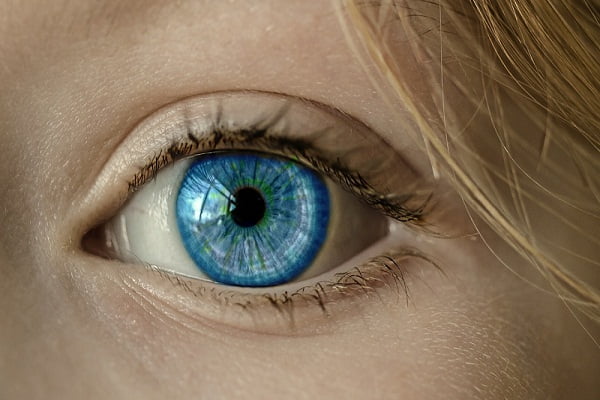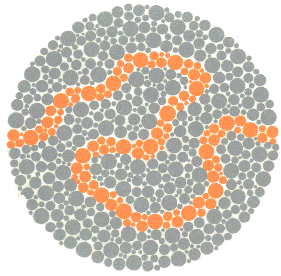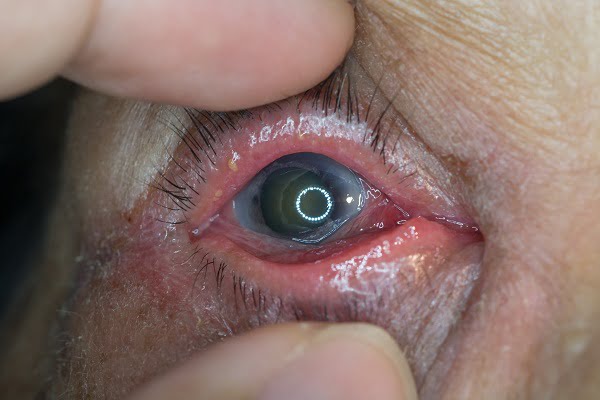Browsing: Eye Health

The page provides quick access to a list of common eye diseases, syndromes, health conditions, and other topics of health importance. The list is organized alphabetically. Links are provided to respective diseases sections that serve as a comprehensive and ultimate guide about the disease or health condition.
Eyes are the most complex and essential sensory organ of our body. Several parts of the eye work together to produce a clear vision. Most people suffer from various types of eye disorders such as age-related macular degeneration, cataract, diabetic eye disease, glaucoma, low vision and dry eye.
Visual impairment is a national and global health concern which creates a negative impact on the physical and mental health of an individual. These visually impaired people are at a high risk for chronic health conditions, accidents, social withdrawal, depression, and mortality.
Most people may experience an eye problem at some point in their life. Some of them may be minor conditions, which can be cured easily whereas others may require a specialist’s care. Eye disorders mostly occur in elderly people due to weakness of eye muscles or due to another medical condition such as diabetes, infections and brain or neuronal disorders.
It is ideal to undergo regular eye checkups, as many eye diseases do not show obvious symptoms. Early detection and treatment of eye problems could easily prevent vision loss.
Certain eye diseases which are quite prevalent worldwide include cataract, glaucoma, nearsightedness, farsightedness, astigmatism, diabetic retinopathy, dry eye syndrome, color blindness and conjunctivitis.
The retina is a light-sensitive region of eye that lines the back of the eye. Its thickness is only 0.2 mm and its size is about the size of a dollar. There is a wide variety of retina problems which if not treated soon can lead to complications and even a loss of the vision.
Retinal Cells Grown in Lab Provide Clues to Color Blindness Treatment
Scientists are now able to grow human retinal cells in the lab. This is a big atempt to understand the basis of color vision in humans and to understand color blindness and other retinal disorders. The research is believed to help develop future therapies for eye disorders such as color blindness or macular degeneration, diabetic retinopathy, age-related damage etc.
Retina Definition The retina of human eye is the sensory membrane that lines the inner surface of the back of…
Eye Drops for Dry Eyes (Artificial Tears or Eye Lubricants): How to Relieve Dry Eye Syndrome?
Eye drops are generally the preferred method of treating dry eyes. Many prescription and over-the-counter eye drops are available that a doctor may choose from and recommend for you based on your condition. These eye drops are often called artificial tears because they replace the missing water in the tear film of your eyes.
Bacterial conjunctivitis is usually treated with antibiotic eye drops or ointments. Artificial tears that are free of preservatives can be applied a few times in a day. You should not use prescription medicines such as steroids eye drops without a doctor’s prescription. To reduce the discomfort, you can apply a warm compress.
People with open-angle glaucoma and chronic angle-closure glaucoma generally do not show any symptoms early in the development of the disease. The symptoms of acute angle-closure generally include severe eye pain, headache, nausea, vomiting, and blurring. Sometimes, nausea and vomiting conditions are more intense than ocular symptoms.
Corneal Transplant Surgery (Keratoplasty): Procedure, Types, Side Effects, Complications, Rejection
A cornea transplant may be needed when eyeglasses or contact lenses are not effective enough to restore the vision, or if medications do not help the painful swelling in eyes. A cornea transplant can be recommended by an eye specialist in many conditions which involve damaged cornea such as keratoconus.
Dr Shinobu Ishihara from Japan introduced the most popularly known color blindness test in 1917. The test is a color perception test for red-green color deficiencies. It consists of a set of colored dotted plates (PseudoIsochromatic Plate or PIP), each of which shows certain numbers or patterns such as random lines.
Causes of Dry Eye Syndrome
Dry eyes are caused to lack of enough good quality tears or due to evaporation of the tears form the surface of the eyes too quickly. This causes a deficiency of lubrication affecting the health of eyes. Common causes of dry eyes are ageing, side effects of certain medications, certain medical conditions, and hormonal changes.
If you are facing problems due to glaucoma, the most important thing to note is that you are not alone. You should not limit your life because of this disease. It should be encouraging for you that most glaucoma patients never go blind. If the disease is diagnosed early, you may not lose much of the vision.

